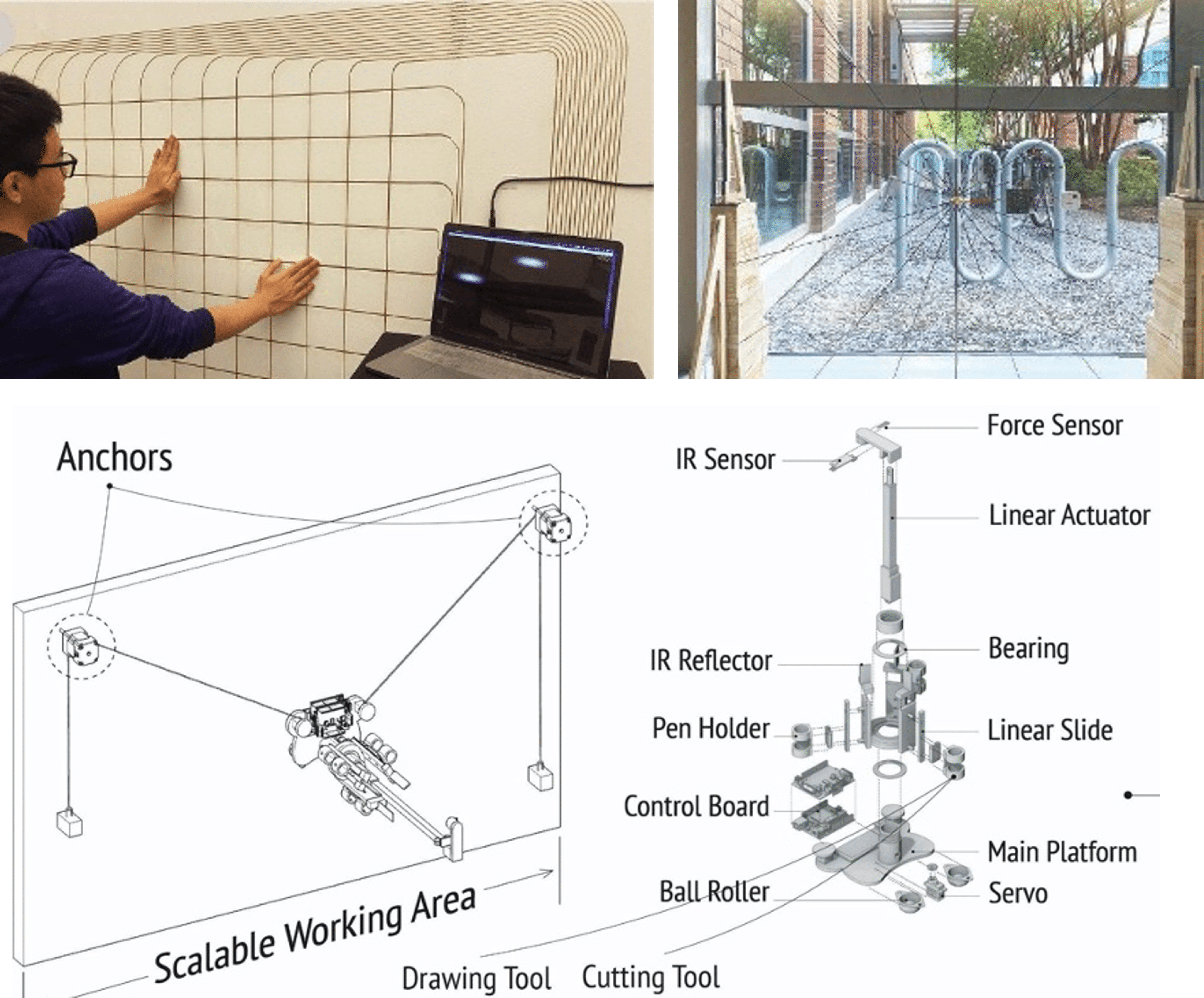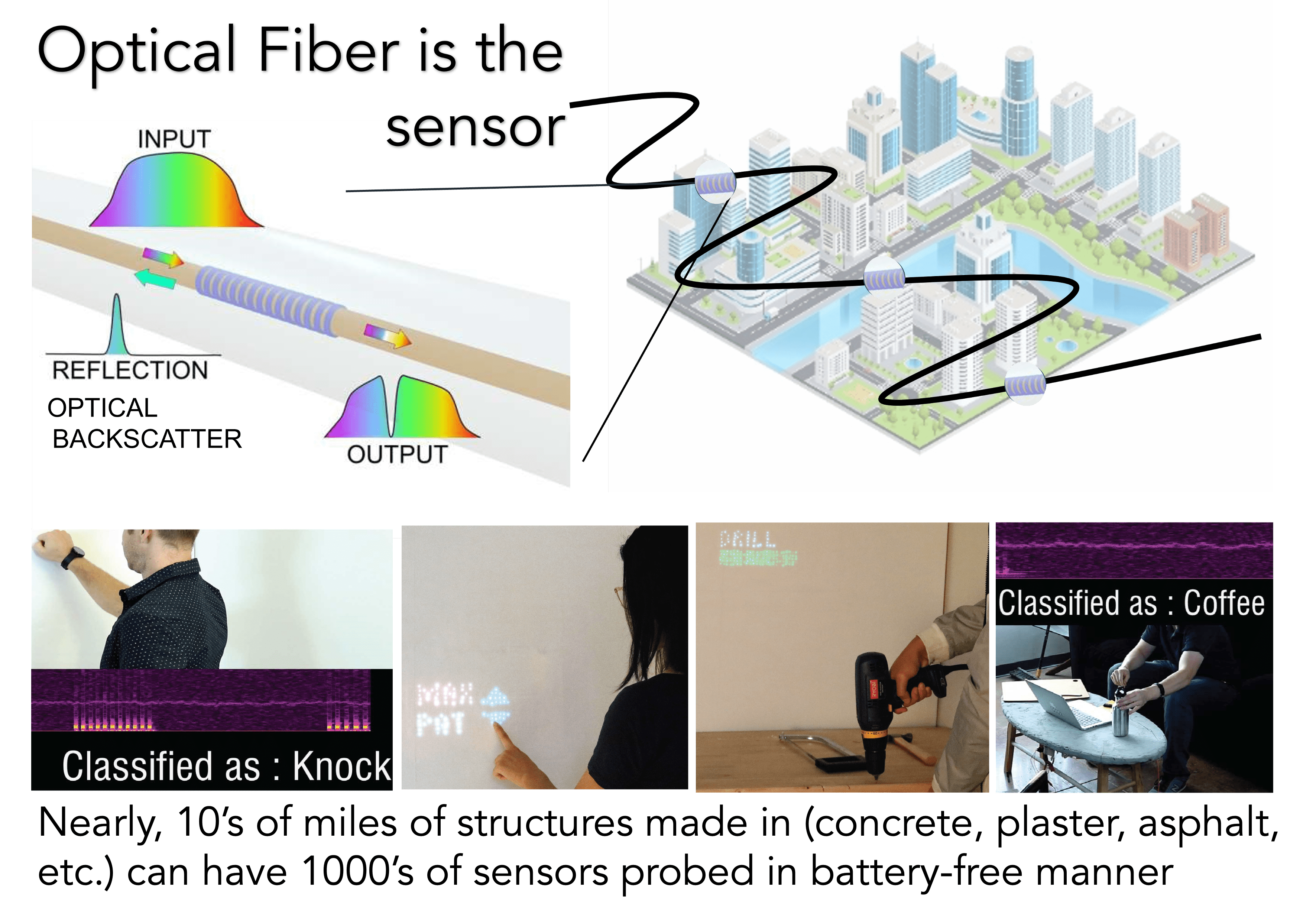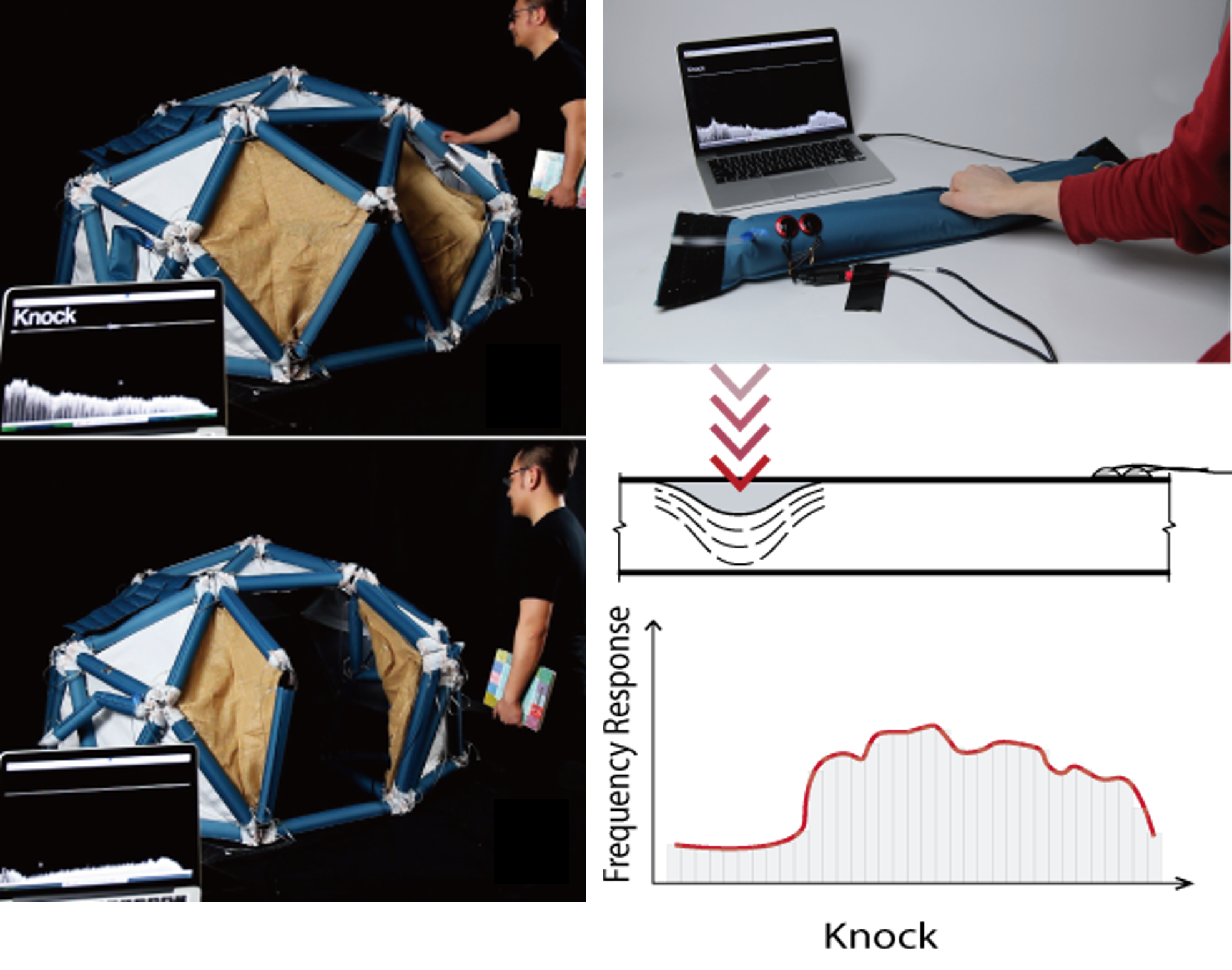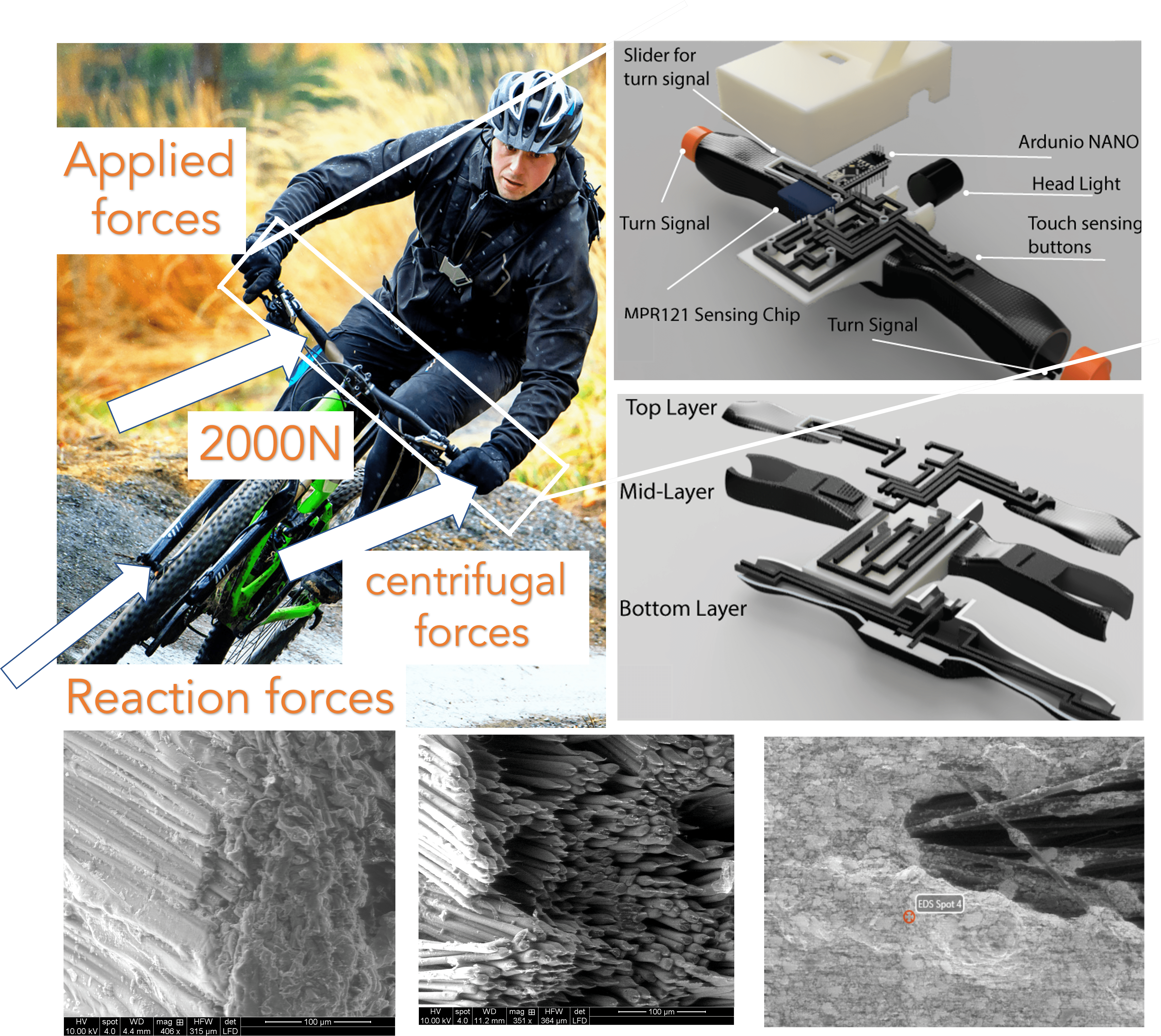About me
I’m an assitant professor in the Min H. Kao Department of Electrical Engineering and Computer Science (EECS) at the University of Tennessee (UT). AT UT, I lead the Energy, Printed Infrastructure and Interactive Computing (EPIC) lab – where our goal is to advance interactive technologies that enable computational materials with low-power, integrated sensing, actuation and communication in the physical infrastructure.
I recieved my Ph.D. from the Human-Computer Interaction Institute in the School of Computer Science of Carnegie Mellon University . I work at the intersection of Human-Computer Interaction, Ubiquitous Computing, Computational Materials Manufacturing and Cyber-Physical Human Systems. My work has been published at top-tier HCI venues, including ACM CHI, IMWUT (UbiComp), UIST, and CSCW, winning best honorable mention award and has also featured on news outlets like New Scientist, Makezine, etc.
I have also been a part of research teams at numerous institutions such as the Manufacturing Science group at Oakridge National Lab (ORNL) , Microsoft Research, HPI , INRIA , and Xerox Research. Prior to my Ph.D, I completed a dual degree master’s from Technical University of Berlin and Universite Paris-Sud XI.
📢 I am looking for PhD students to join the EPIC Lab!
You can find more information about applying hereInteractive Computational Materials for the Networked Built Environment
The key idea of ubiquitous computing is that as computers get miniaturized and powerful, they can be applied cheaply to digitize the physical infrastructure (rooms, buildings, structures, bridges, etc.). Unfortunately, this vision is not entirely realized due to the end of Moore’s law and Dennard scaling. As a result, our devices remain power-hungry, are not seamlessly integrated, and continue to be manufactured using yesterday’s design ideas and technology. To date, the focus of device manufacturing has been on miniaturization and packing the most functionality into the smallest form factors, even though our physical infrastructure is much larger in scale. Miniaturized devices need to be deployed in massive quantities to enable interactivity in the built environment (buildings, sidewalks, etc.), leading to unsustainable power consumption as many devices require numerous batteries. Instead of today’s power-hungry boxed form factors, we need to create battery-free devices with various form factors and materials. For example, I integrate computing with extremely strong non-silicon materials (e.g, concrete, and wood) that make up our environments, and build battery-free interactive devices in structural forms like walls and tables.
As an experimental computer scientist and Human-Computer Interaction (HCI) researcher, I introduce computationally engineered materials that enable low-power, integrated sensing, and actuation in the networked physical infrastructure (e.g., buildings) forms. This effort is a highly interdisciplinary endeavor and has collaborators in various fields such as HCI/CS, ECE (Electrical and Computer engineering), CEE (Civil and Environmental Engineering), Materials Science, and Manufacturing from across research institutions.

Recent Research Highlights:
OptiStructures:
Photonics Bragg-Gratings Fabry–Pérot Interferometery Battery-Free Concrete PlasterCollaboration



Show Details
Computational Depolyable Structures
Swept Frequency Ultrasonics Sensors Large-scale Actuators Room-Scale Pneumatics TrussesCollaboration:
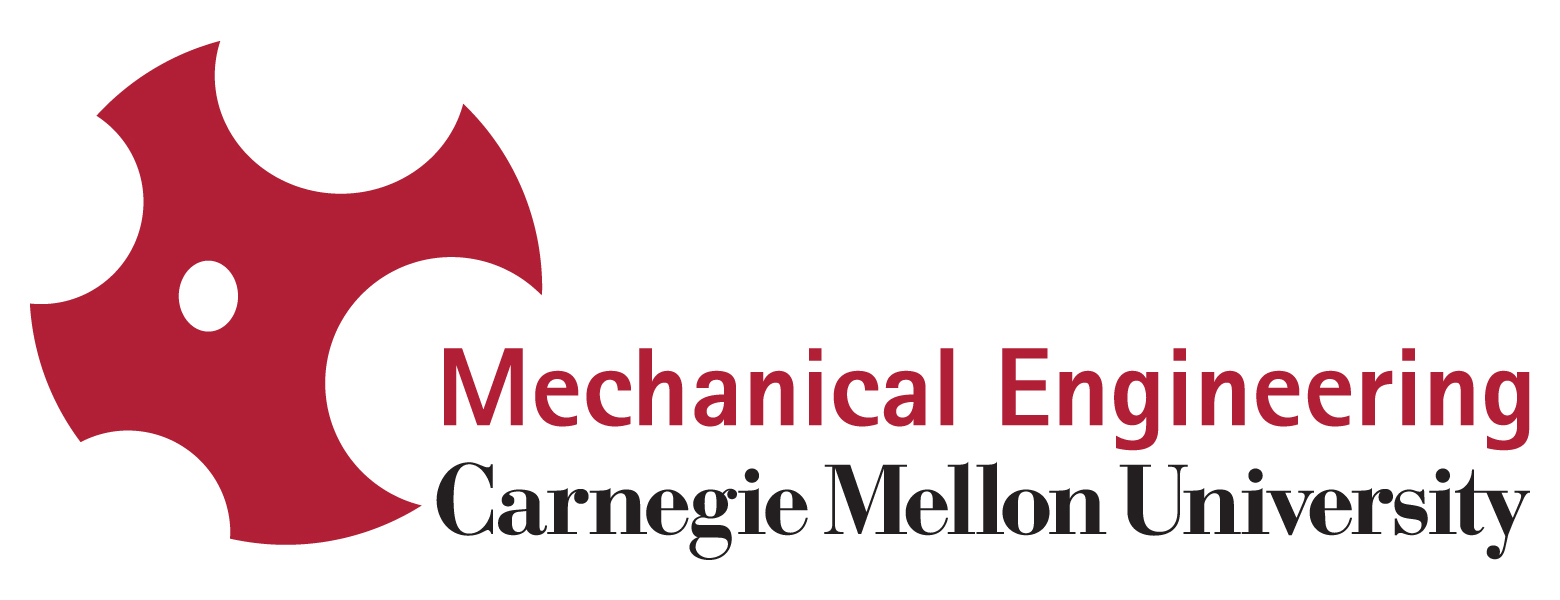

Show Details
FiberWire
Carbon-Fiber Composites Advanced Structural Materials 3D printing Electronic Interfacing Form Factor StrongCollaboration:

Show Details
Duco
Robotics Energy Harvesters Antennas Sensors Battery-Free Large-Scale CircuitsPublications:

npj Flexible Electronics 2022
Dingtian Zhang, Canek Fuentes-Hernandez, Raaghesh Vijayan, Yang Zhang, Yunzhi Li, Jung Wook Park, Yiyang Wang, Yuhui Zhao, Nivedita Arora, Ali Mirzazadeh, Youngwook Do, Tingyu Cheng, Saiganesh Swaminathan , Thad Starner, Trisha L. Andrew and Gregory D. Abowd
[Paper PDF] [ Flexible Electronics DL]
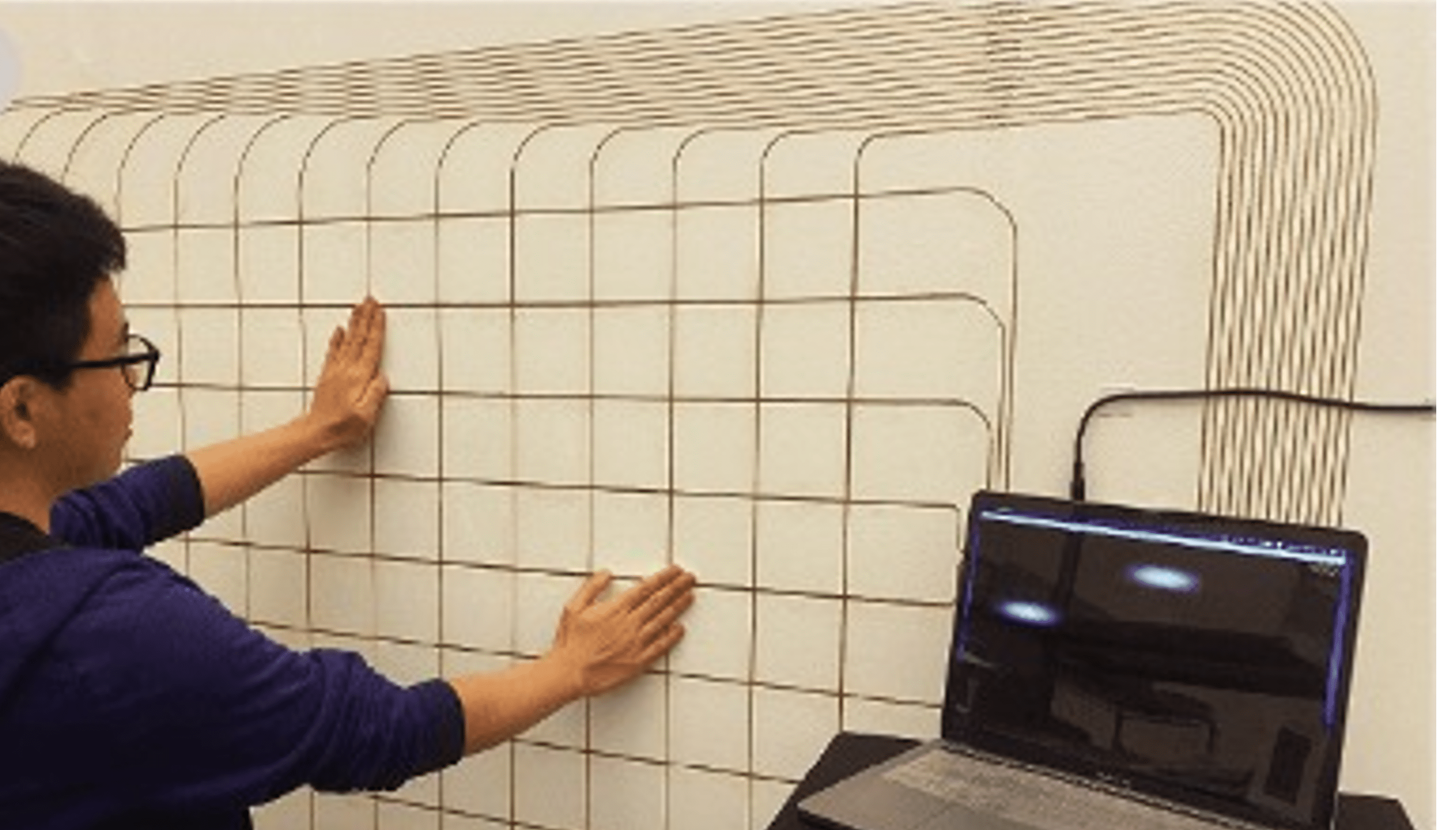
UbiComp 2021
Tingyu Cheng, Bu Li, Yang Zhang, Yunzhi Li, Charles Ramey, Eui Min Jung, Yepu Cui, Saiganesh Swaminathan, Youngwook Do, Manos Tentzeris, Gregory D. Abowd, HyunJoo Oh.
In Proceedings of ACM Conference on Interactive, Mobile, Wearable and Ubiquitous Technologies (UbiComp 2021).
[Paper PDF] [ACM DL] [Demo Video]

CHI 2021
Saiganesh Swaminathan , Yellina Yim, Scott E Hudson, Cynthia L Bennett, and Patrick Carrington.
Proceedings of the 2021 CHI Conference on Human Factors in Computing Systems (CHI 2021). Tokyo, Japan.
[Paper PDF] [ACM DL] [Talk Video]
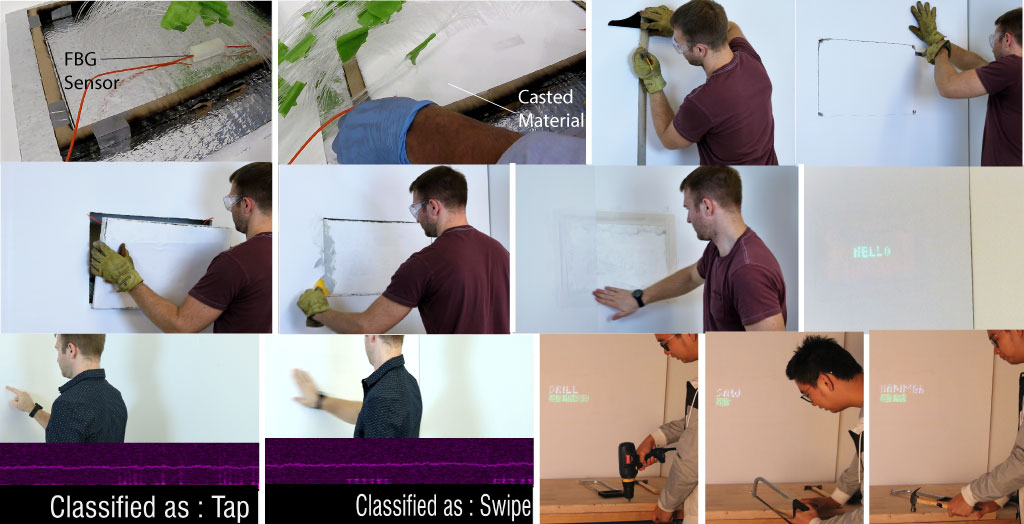
UbiComp 2020
Saiganesh Swaminathan ,Jonathon Fagert, Michael Rivera, Andrew Cao, Gierad Laput, Haeyoung Noh, and Scott E. Hudson.
In Proceedings of ACM Conference on Interactive, Mobile, Wearable and Ubiquitous Technologies (UbiComp 2020). Cancun, Mexico.
Accepted on initial submission (top 4%)
[Paper PDF] [Demo Video] [ACM DL][Talk Video]
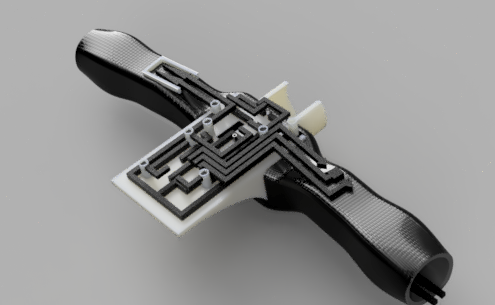
CHI 2019
Saiganesh Swaminathan , Kadri Bugra Ozutemiz, Carmel Majidi, Scott E. Hudson.
In proceedings of the 2021 CHI Conference on Human Factors in Computing Systems (CHI 2019), Glasgow, United Kingdom.
[Paper PDF] [ACM DL] [Demo Video]
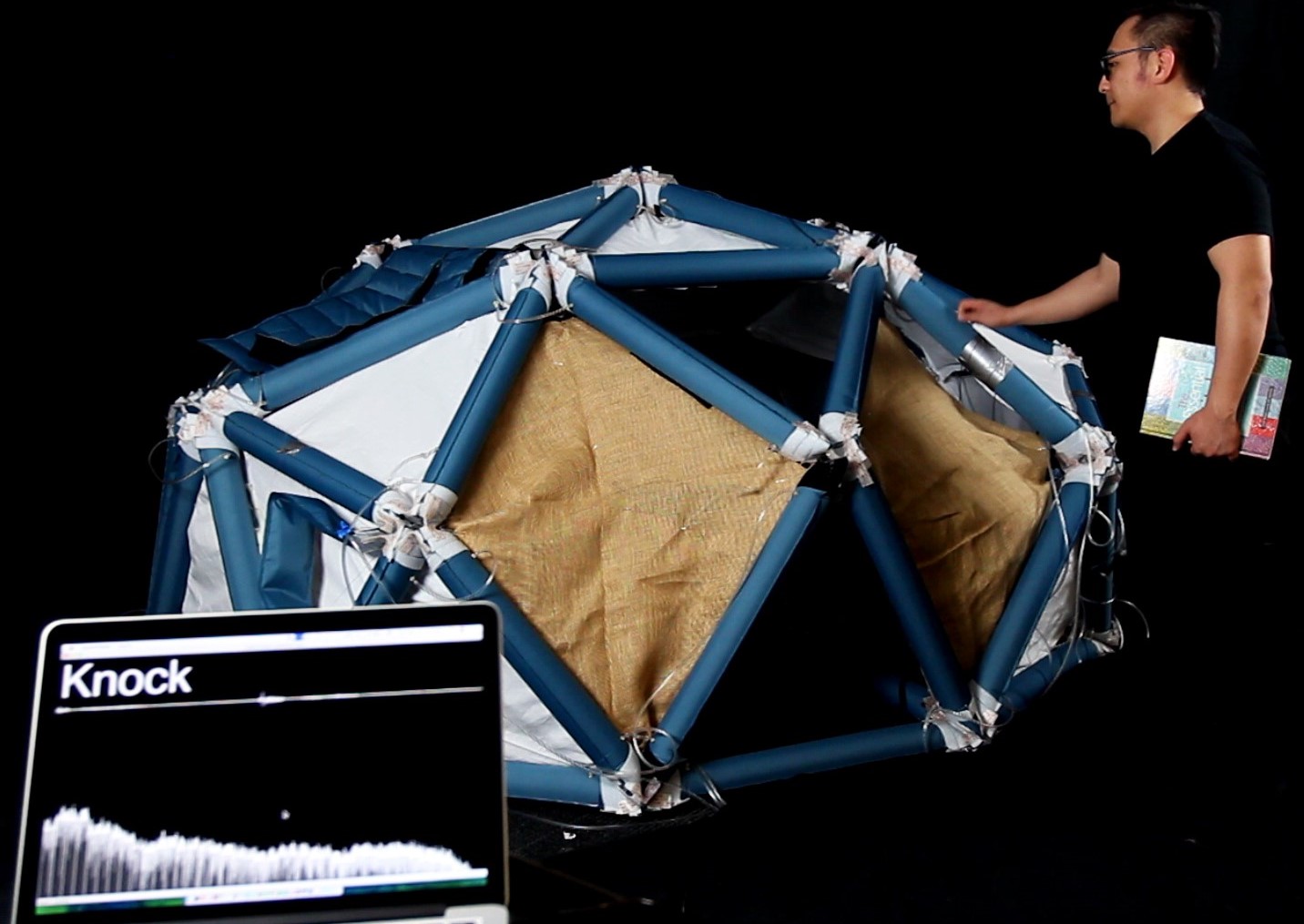
UbiComp 2019
Saiganesh Swaminathan, Michael L. Rivera, Runchang Kang, Zheng Luo, Kadri B. Ozutemiz, and Scott E. Hudson.
In Proceedings of ACM Conference on Interactive, Mobile, Wearable and Ubiquitous Technologies (UbiComp 2019). London, United Kingdom.
[Paper PDF] [ACM DL][Demo Video]

CSCW 2019
Saiganesh Swaminathan, Indrani Medhi Thies, Devansh Mehta, Edward Cutrell, Amit Sharma and Bill Thies
In Proceedings of the ACM Human-Computer Interaction (CSCW 2019), Austin, United States
🏅 Best Paper Honorable Mention Award
[Paper PDF] [ACM DL]
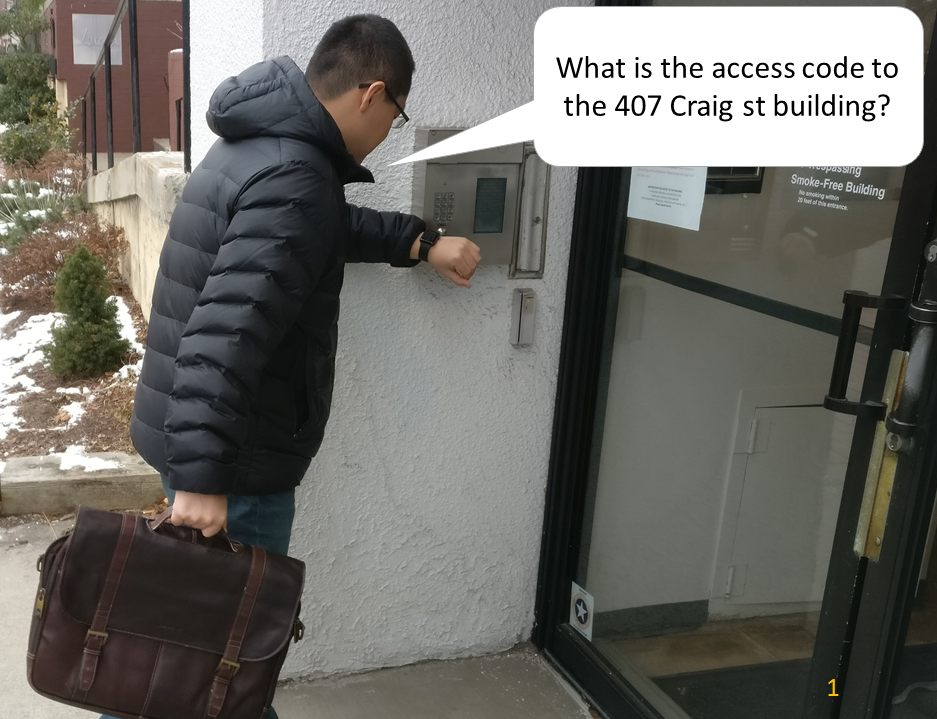
UIST 2017
Saiganesh Swaminathan, Raymond Fok, Fanglin Chen, Ting-Hao (Kenneth) Huang, Irene Lin, Rohan Jadvani, Walter S. Lasecki, Jeffrey P. Bigham
Proceedings of the 32nd Annual ACM Symposium on User Interface Software and Technology (UIST 2017), Montreal, Canada.
[Paper PDF] [ACM DL] [Demo Video]

W4A 2017
Saiganesh Swaminathan, Raymond Fok, Fanglin Chen, Ting-Hao (Kenneth) Huang, Irene Lin, Rohan Jadvani, Walter S. Lasecki, Jeffrey P. Bigham
In Proceedings of the 14th Annual ACM International Web for All Conference (W4A ’17), Perth, Australia.
🏅 Best Paper Nomination
[Paper PDF] [ACM DL]
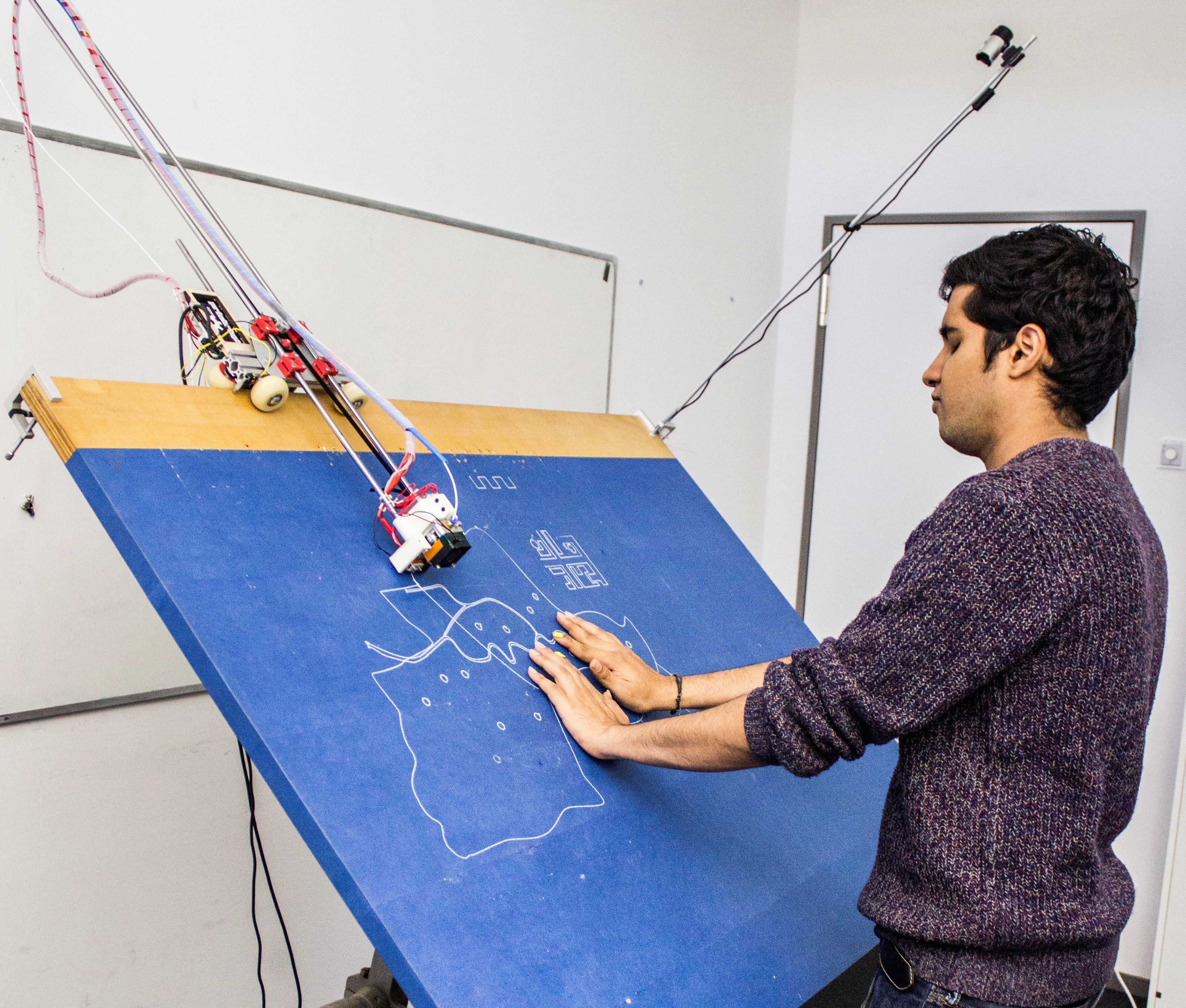
CHI 2016
Saiganesh Swaminathan, Thijs Roumen, Robert Kovacs, David Stangl, Stefanie Mueller and Patrick Baudisch
In Proceedings of the 33rd Annual ACM Conference on Human Factors in Computing Systems (CHI 2016), San Jose, United States.
[Paper PDF][Demo Video] [ACM DL][Talk Video]
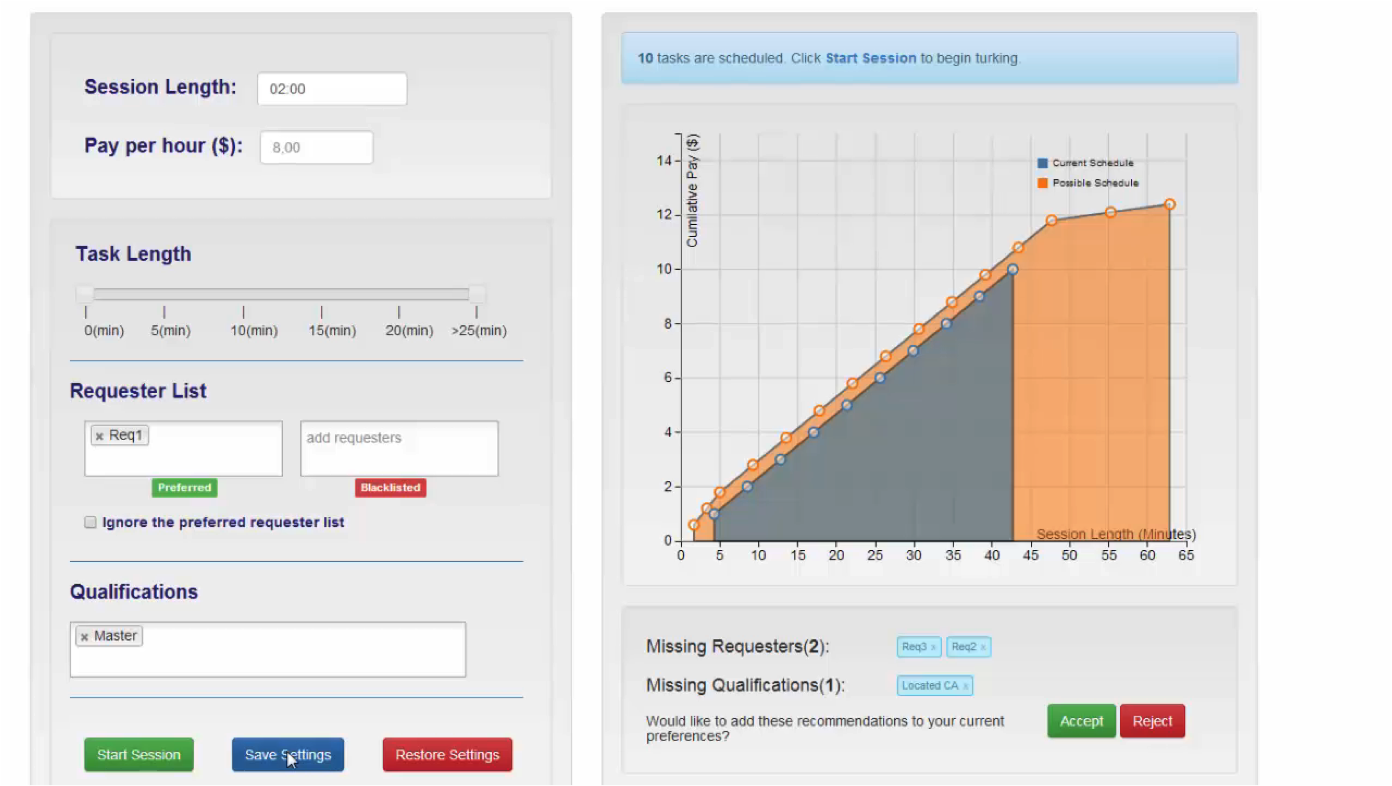
CHI 2015
Benjamin V. Hanrahan, Jutta K. Willamowski,Saiganesh Swaminathan, and David B. Martin
In Proceedings of the 32nd Annual ACM Conference on Human Factors in Computing Systems (CHI 2015), Seoul, South Korea.
[Paper PDF] [ACM DL]

CHI 2014
Saiganesh Swaminathan, Conglei Shi, Yvonne Jansen, Pierre Dragicevic, Lora Oehlberg, Jean-Daniel Fekete.
In Proceedings of the 31st Annual ACM Conference on Human Factors in Computing Systems (CHI 2014), Toronto, Canada.
[Paper PDF] [ACM DL] [Demo Video] [Website]



